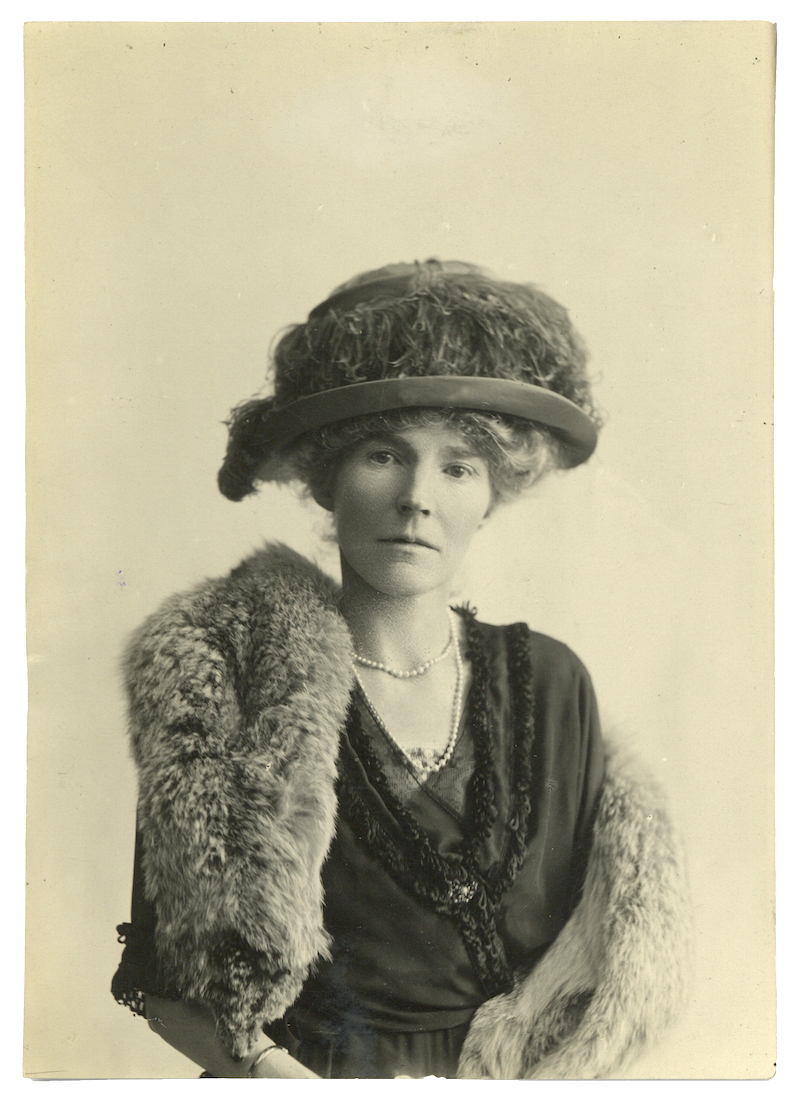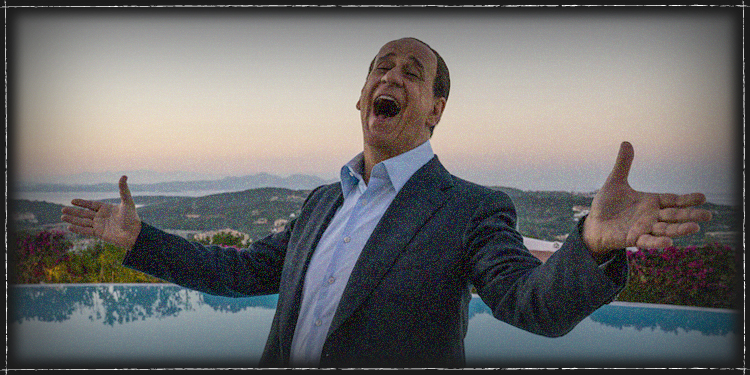“Women’s colleges should be levelled to the ground!” a news commentator is heard saying close to the beginning of the film. It is 1888 and something as simple as a young woman travelling on her own by tube could be perceived as “an orgy of independence” according to Bell’s half sister. Yet, not only is she among a handful of women reading Modern History at Oxford University and the single one to achieve a first, but also, perhaps, the only one taking on exhaustive and at times life threatening mountain climbing in the Alps, followed by repeated travels in the Middle East and ending up providing services to the British Military Intelligence after World War I.

“She was a wonderful person, not very like a woman” confesses T.E. Lawrence about the pioneer diplomat, archaeologist and spy who also traveled to the Arabian desert extensively and played an important role in those tumultuous times in the history of the Middle East.
Combining archive footage, still photos, print material and reenactment of key political figures and personalities verbatim with an exquisite sound design, the film masterfully creates a stunning portrait of Gertrude Bell. Focusing primarily on extracts from her 1600 handwritten letters, memoirs and diaries the film tries to reconstruct the life of Gertrude Bell as recorded in her personal and official correspondence. From intimate and tender letters to her family members and her lovers, to sharp, dry, austere, sometimes abrupt notes to politicians and her peers, a wealth of emotions, thoughts and views is revealed.
Tilda Swindon’s narration is transcendental. Not only does she keep our interest switched on all the time as if we were the longing recipient of Gertrude Bell’s letters, but also she successfully revives the diplomat, the woman, the daughter, the friend, the intelligence officer in all her contradictions, flaws, imperfections and strengths. At the same time, the voice over in conjunction with the overwhelming visuals succeeds in skillfully reconstructing all the awe, appeal and fascination with the cosmopolitan Tehran, Istanbul and the myth of the “magical Middle East” of the 19th century.




